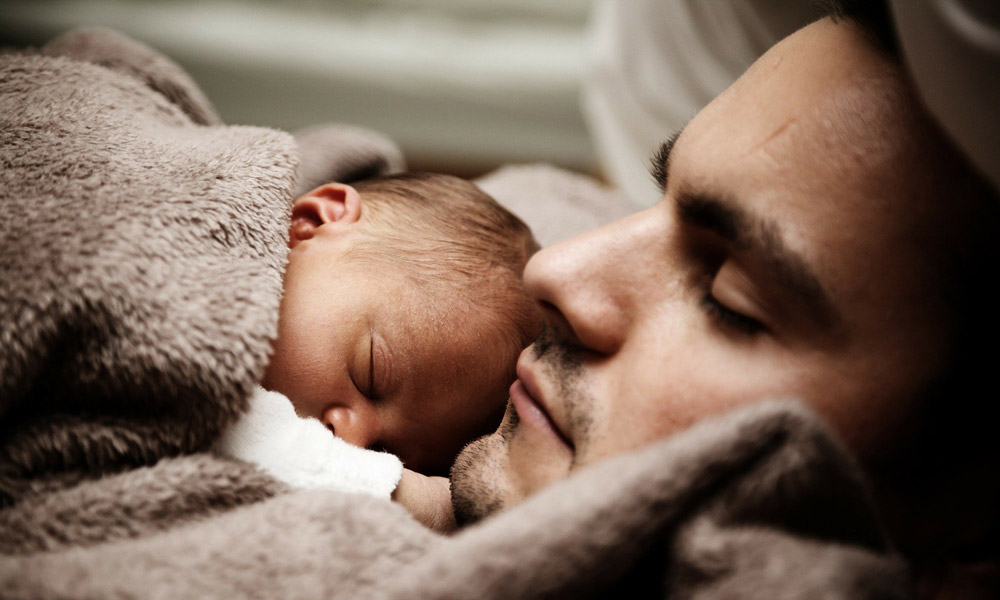Laser hair removal – A closer look at effectiveness

For those seeking permanent hair reduction, laser hair removal seems ideal. With pricey packages and treatment commitments involved, it’s natural to wonder about laser hair removal’s effectiveness. With optimal candidates and proper protocols, medical studies have shown laser hair removal to be effective at permanently reducing 70-95% of targeted hair. Success depends heavily on hair and skin type. Light skin and dark coarse hair respond best. Fine, vellus, white, blonde, or red hair is more resistant. Real-world clinical results often fall short of the 95% benchmark. A consumer study by Which? magazine found most people saw a 10-75% reduction in hair after an average of 7 sessions. So, while significant improvement is common, total permanent removal is less realistic for many.
Results by body area
Laser efficacy varies significantly by body part. Coarse hair on legs, arms, bikini, and underarms responds best with up to 90% reduction. Bikini and underarms are most successful due to hair thickness and proximity to the heat sink in the groin and armpits. The upper lip and chin achieve an 80% reduction due to coarse follicles. Chest, stomach, and back hair have lower reduction rates around 60-70% as hair is finer. Male facial hair is even harder to treat due to thickness and hormones that stimulate growth. Pain tolerance also varies by area.
Realistic expectations
It’s important to have realistic expectations when embarking on laser hair removal. While you achieve permanent reduction, you may need some touch-up treatments over time as not every hair follicle is permanently damaged. Or new hair emerges that wasn’t removed at the beginning. Think of laser as hair “management” not necessarily permanent removal, especially for body areas with finer hair. Sticking to recommended treatment intervals maximizes the destruction of follicles in various growth phases for best results.
How long laser hair removal results last depends on the individual. For many, treated areas can remain hair-free for years with minimal regrowth. Some may need annual or biannual touch-up treatments to manage new hair growth. Long term, laser blocks rather than destroys some hair follicles. Over decades, these hairs may reactivate and need to be retreated. Avoid skipping annual maintenance sessions to prevent dormant follicles from reawakening.
What impacts efficacy?
-
- Hair thickness – Coarse, dark hair is easiest to laser
- Skin tone – Pale skin allows lasers to target hair pigment
- Hormones – Stimulate hair growth counteracting laser
- Genetics – Determine individual hair regrowth rates
- Laser type – More powerful lasers work best
- Fluence settings – Must be strong enough to disable follicles
- Technician skill – Impacts treatment thoroughness
- Number of treatments – At least 6-8 needed for permanency
The effectiveness of laser hair removal for long-term hair reduction remains the most effective method even though it does not guarantee complete permanent hair removal. Make sure your expectations are realistic. Centro Estetico Treviso significantly reduces unwanted hair growth long-term, with optimal clients seeing a 70-95% reduction. Multiple factors impact results and effectiveness varies by body area. While not guaranteed permanent, laser hair removal remains the best method for long-term hair management when performed skillfully at recommended intervals. Having realistic expectations and following proper protocols gives the best results.















